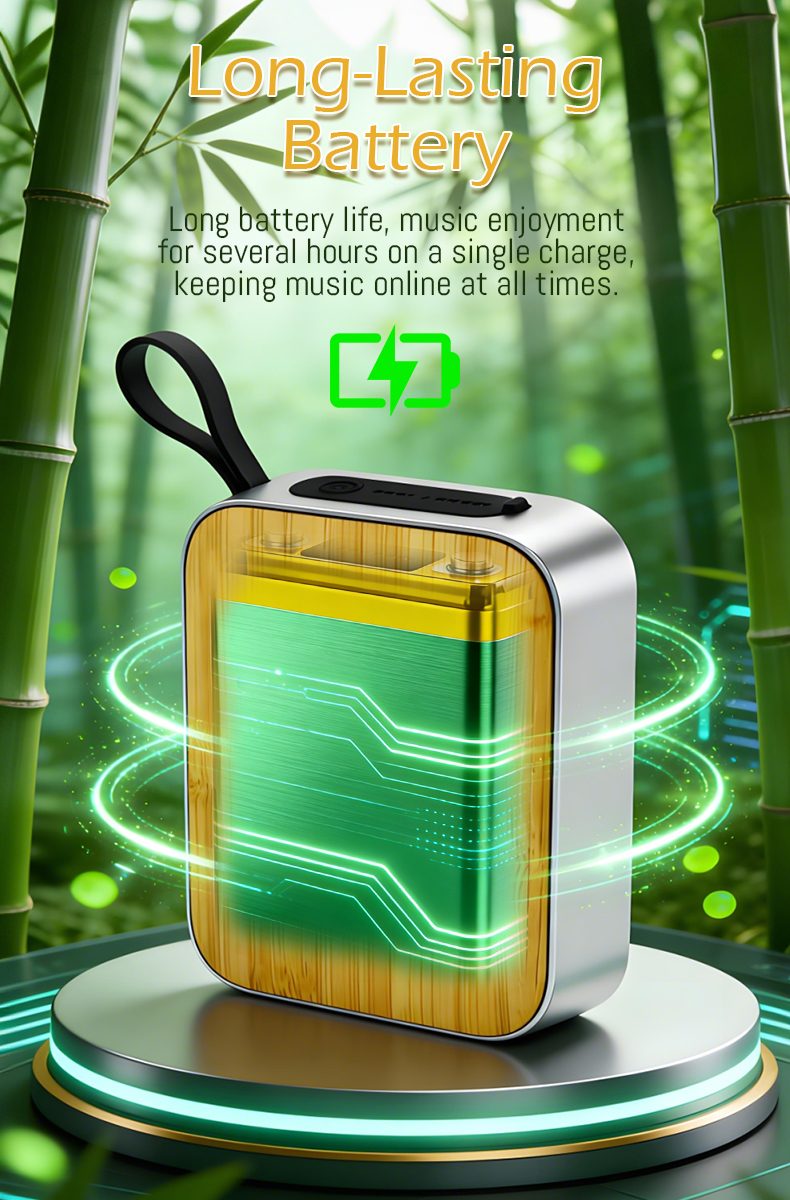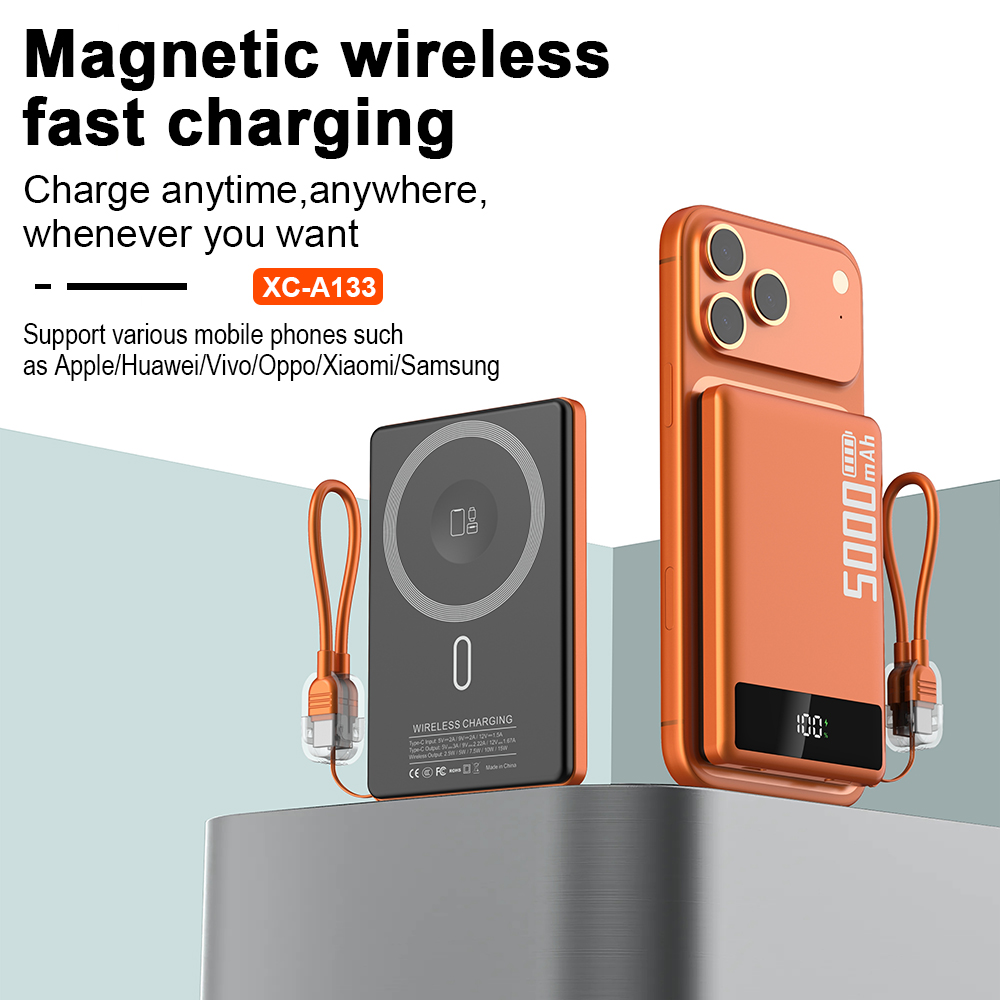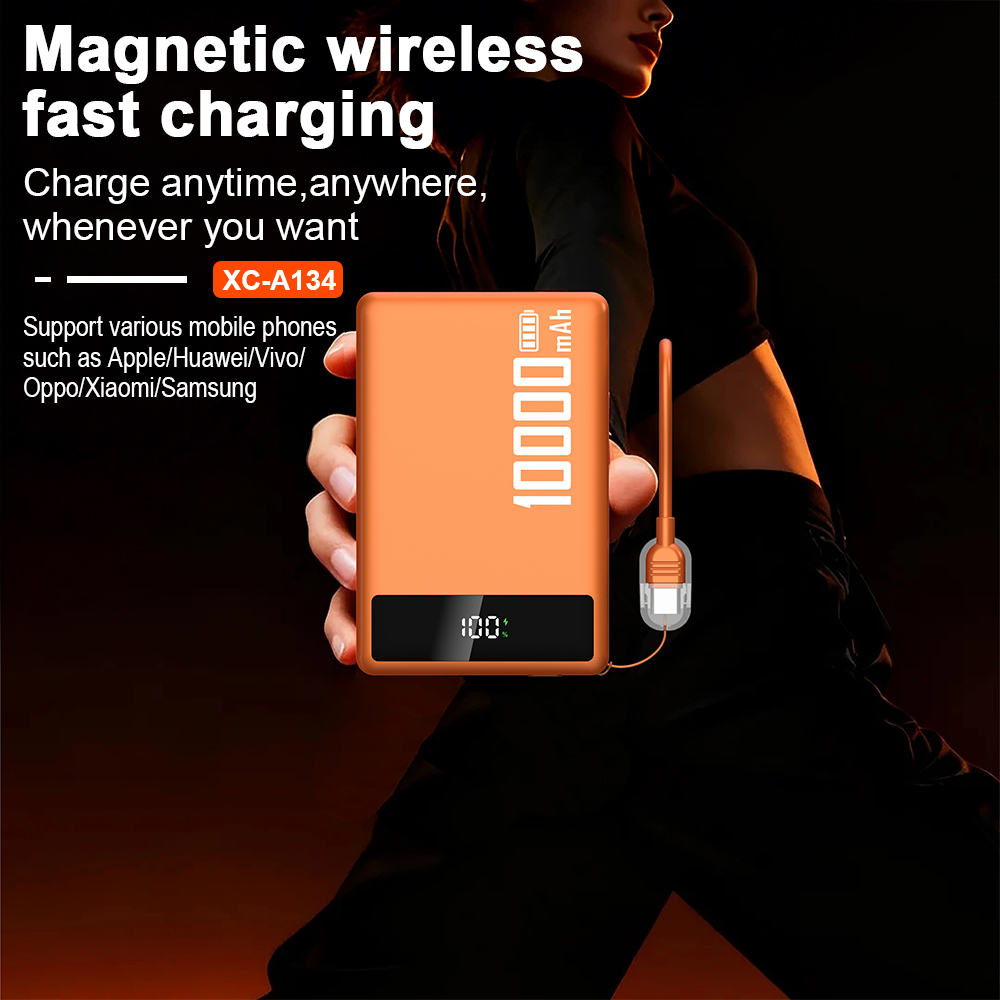Solar Charger Usage
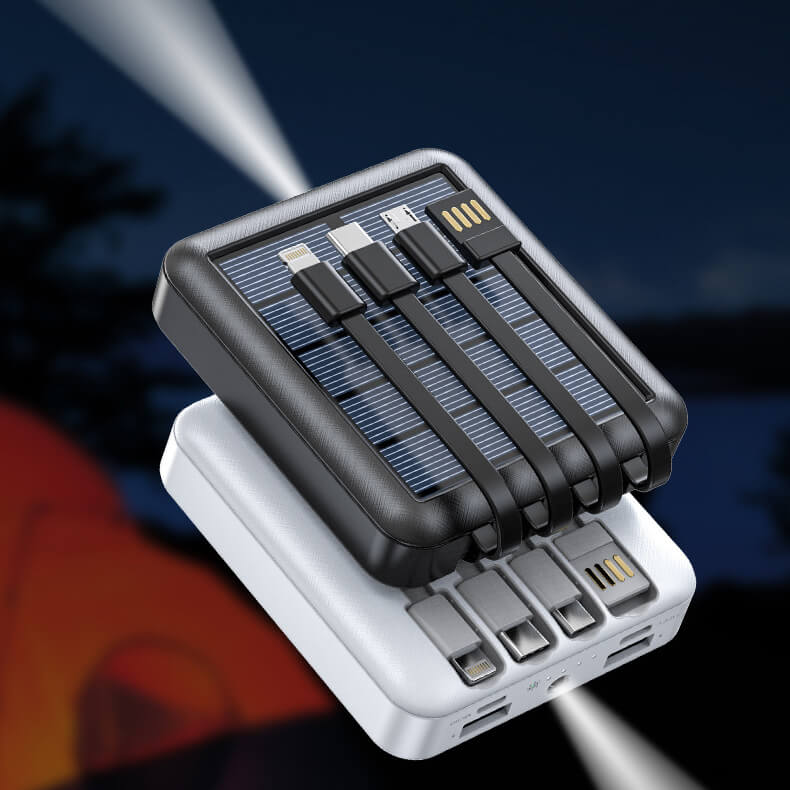
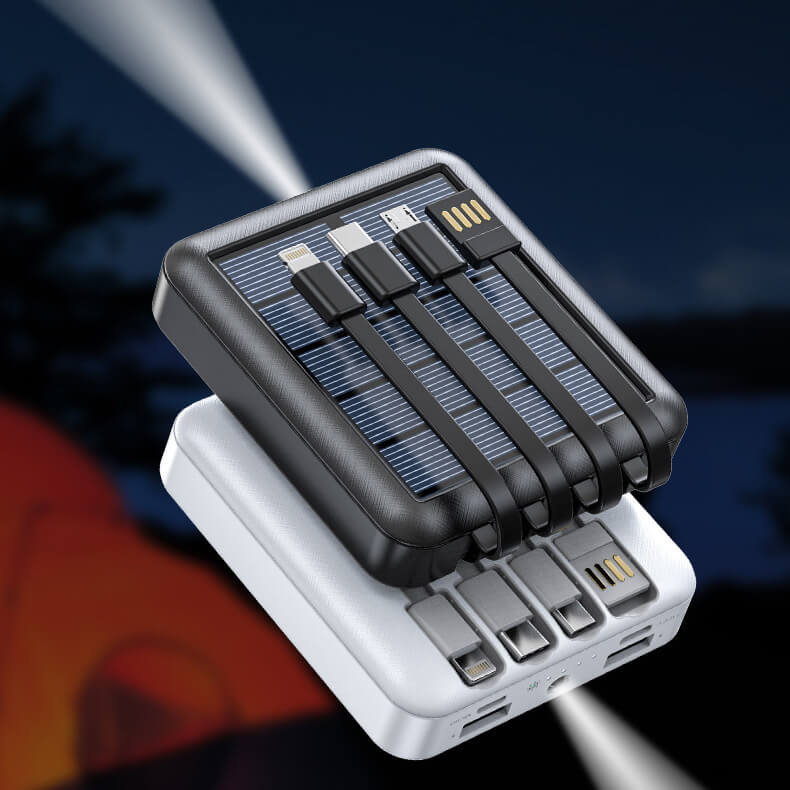
Embracing the Power of Nature: Solar Chargers
Solar Charger Usage has emerged as an innovative solution to harness the power of renewable energy. In today's world, where sustainability and minimal environmental impact are paramount, solar chargers have become increasingly popular. These devices allow users to charge their electronic devices using the sun's abundant energy, reducing reliance on traditional grid-based electricity. In this article, we will explore the advantages and applications of solar chargers, along with some useful tips to optimize their usage.The Advantages of Solar Chargers
One of the key advantages of solar chargers is their portability. Unlike traditional chargers, which require access to a power outlet, solar chargers can be taken anywhere, making them ideal for outdoor activities, travel, and emergencies. Additionally, they are environmentally friendly, as they reduce the dependence on fossil fuels and decrease carbon emissions.
Another significant advantage is that solar chargers are cost-effective in the long run. While the initial investment may seem higher than conventional chargers, solar chargers offer a sustainable and free source of energy. This can lead to significant savings over time, especially for frequent or heavy users of electronic devices.
Optimizing Solar Charger Usage
Being aware of certain best practices can help users make the most out of their solar chargers. Here are some tips to optimize solar charger usage:1. Effective Placement:
Position the solar charger in direct sunlight for maximum efficiency. Avoid shading from nearby objects, such as trees or buildings, which can obstruct the absorption of solar energy. Regularly adjust the panel's angle to align with the sun's position.2. Time of Charging:
Solar chargers work best during peak sunlight hours, typically between 10 am and 4 pm. Charging during this period ensures optimal charging speed and efficiency.3. Compatible Devices:
Ensure compatibility between the solar charger and the device you intend to charge. Different chargers may have varying output capacities, so it is important to select one that matches the energy requirements of your device.4. Battery Storage:
Many solar chargers come equipped with a built-in battery for storing energy. It is advisable to charge this battery fully before connecting your device. The stored energy can be used later when sunlight is not available.5. Weather Conditions:
Bear in mind that cloudy or rainy weather can reduce the charging capacity of solar chargers. During such periods, it is recommended to charge your devices through traditional means or have a backup power source.In Conclusion
Solar chargers offer an innovative and sustainable solution to power electronic devices. Their portability, cost-effectiveness, and positive environmental impact make them an increasingly attractive option in today's world. By following the tips mentioned above, users can optimize their solar charger usage, ensuring efficient charging and uninterrupted access to power. So, embrace the power of solar energy, and enjoy the benefits of a greener and more sustainable future!

